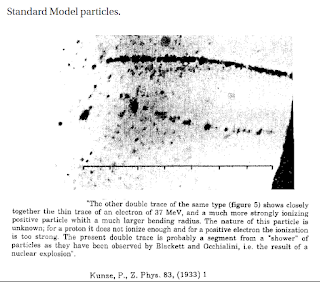"Illustration of the Jiu Tian drone carrier, the world's largest, poised to revolutionize military operations with drone swarms." (Rude Baguette, “This Isn’t a Ship, It’s a Swarm Factory”: China’s Giant Drone Carrier Alarms Military Analysts Worldwide) The super- and probably hypersonic applications of that system can be more effective than this drone mothership.
The Chinese drone carrier can be only the beginning of a new type of independent drone swarm carriers. Basically, every type of system can carry drones. Satellites or ballistic missiles can also carry drone capsules. Or things like cluster bomb units can also carry drones. And that makes those systems versatile for many purposes. Regular cargo planes can drop drone swarms from high altitude.
And things like airships and balloons can also carry capsules that can release drone swarms. A Ukrainian company introduced a small drone boat that carries another drone on its deck. Larger drones can carry more drones than those miniature systems. It’s possible to put quadcopters on the nose of underwater drones and launch those systems underwater. Artificial intelligence gives even small-sized drones the ability to make evasion movements when they detect counterfire.
Drones can also slip into buildings and observe things like computer screens. Basically, the drone can also insert a USB stick into the targeted system and download computer viruses into that system. A logical bomb is a virus that responds to a certain signal. And that can leave the entire area without defense. A drone can also carry things like a Mesh station. That can link all data that travels on the net to the outsider eavesdropper.
"Ukrainian unmanned riverine surface drone Ursula, developed by NoviTechNet, carrying a UAV onboard. 2025. Source: YouTube/Association of Ukrainian Engineers." (https://euromaidanpress.com/2025/07/20/drone-boat-ursula/)
Droneswarms can cause lots of damage in the target areas. The optical fiber makes drones immune to the standard ECM systems. But the high-power EMP can destroy those drones’ electronics. The only weakness of the fiber-optical control system is the wire. If some other drone finds that fiber, it can cut it. Or the laser system can also cut the optical fiber that is behind those drones. But the next step is the AI-controlled drone. The AI allows drones to operate independently without outside control. The laser systems, like optical wireless data transportation, also make it possible to create guidance systems that are hard to jam.
But those systems require direct contact with the transmitter. This is why things like pseudosatellites or high-altitude platform stations (HAPS) can be the right tools for delivering drone swarms. The HAPS can itself be a robot airplane, balloon, or airship that drops those drone swarms to areas. The drone itself is a multipurpose tool that can search for missing people and give warnings about things like volcanic eruptions. But those systems can also deliver destruction and fear. The high-speed stealth interceptors that can be manned or unmanned systems can deliver drone swarms into the area. Those kamikaze-drones can search and destroy the anti-aircraft systems and keep their crews busy, when the other systems attack harder targets.
Laser- and microwave-based systems can destroy drone swarms. But those systems must detect drones before they can act. There is always the possibility that drones can travel on the ground or underwater, and then another drone that hits a laser or microwave weapon from behind can destroy those weapons. The power that those systems use should be so high that they destroy the physical components of drone swarms.
https://euromaidanpress.com/2025/07/20/drone-boat-ursula/
https://www.rudebaguette.com/en/2025/07/america-built-it-but-spain-took-it-as-us-space-balloon-pioneer-gets-snapped-up-and-sparks-furious-clash-over-tech-ownership-and-national-pride/
https://www.rudebaguette.com/en/2025/07/nasa-calls-it-the-skyfall-maneuver-as-plan-to-drop-6-mars-helicopters-mid-air-divides-experts-and-fuels-outrage-over-billion-dollar-space-risks/
https://www.rudebaguette.com/en/2025/07/this-isnt-a-ship-its-a-swarm-factory-chinas-giant-drone-carrier-alarms-military-analysts-worldwide/
https://en.wikipedia.org/wiki/High-altitude_platform_station









































